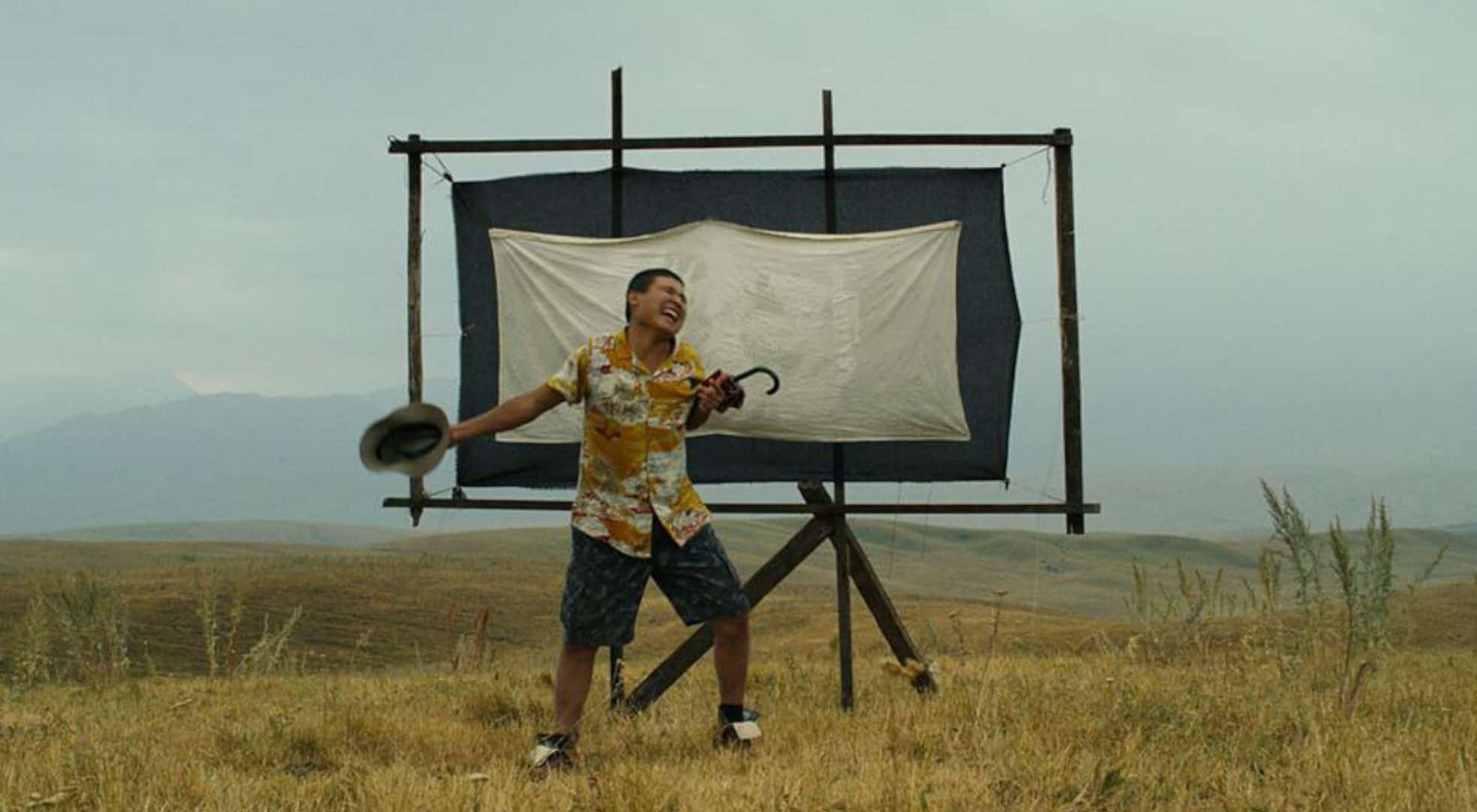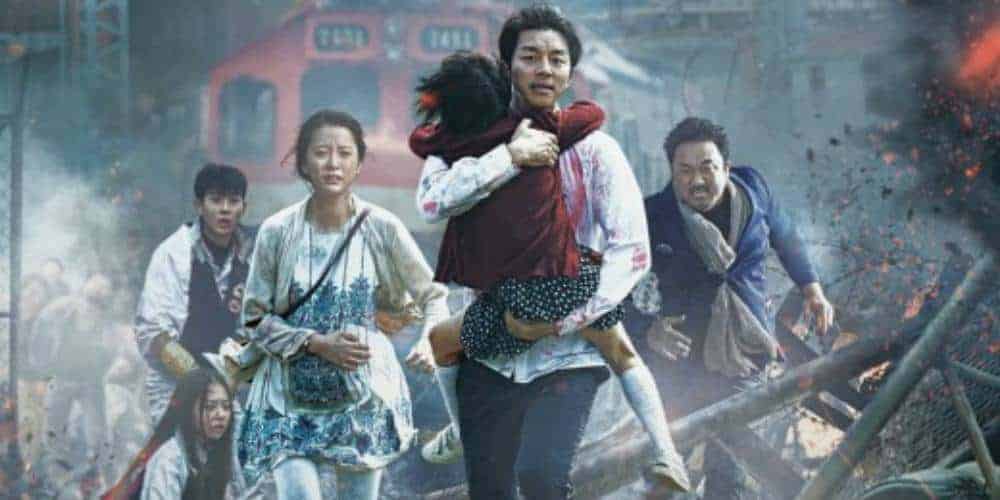On the 4th of July 2016 Iranian filmmaker, producer, author and poet Abbas Kiarostami died in Paris. While he did not receive the same kind of recognition in his home country Iran as he did in the rest of world, his body of work is undoubtedly one of the most beautiful in the history of cinema. Numerous authors have interpreted the various layers of meaning within his features, but perhaps one of the most intriguing aspects of his works is the way he uses landscape. While many directors uses landscape, rural or urban, as the background for the story or the characters, Kiarostami has continued to explore means to use landscape as a means to not just tell a story, but to enhance it, which he perfected throughout his career. In the following, we will take a look at a few examples within his wide filmography emphasizing this very point.
1. Where is the Friend's Home?
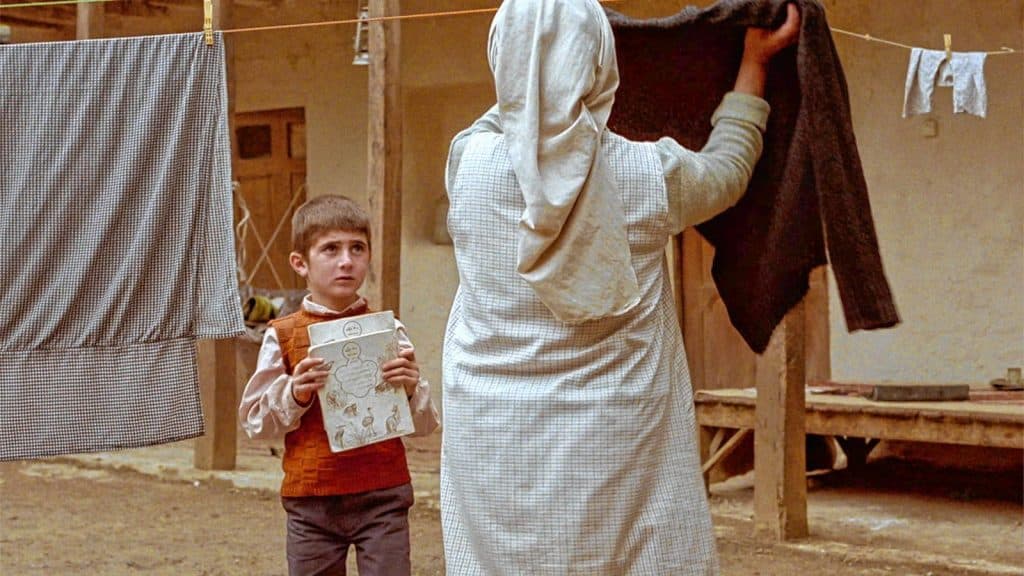
When Ahmad, a student, realizes he has accidentally taken his bet friend's notebook, this is the start of a journey for the young boy, dealing with themes such as guilt, growing up and, most importantly, taking responsibility, as he tries to find the friend's house. The journey through the town and its outskirts seem to resemble the absurd task of Sisyphus at first, but through time become a path of transformation for the young protagonist. He begins to learn his way, starts following his intuition and make up his own mind, which makes the landscape itself less maze-like.
2. And Life Goes On

A director and his son travel to the community of Koker, the setting of the filmmaker's last feature. After a terrible earthquake, the region is defined by the loss, a devastated landscape, which the camera captures as well as the faces of the two protagonists. While he has done so before, “And Life Goes On” is perhaps the first time, Kiarostami uses the faces of people as a mirror of the landscape, the destruction at the present and its past. As with “Where is the Friend's House?”, the landscape is a maze and the beginning of a journey, but at the same time reflects a certain hope for a new beginning.
3. Through the Olive Trees

Obviously still taken by the terrible fate which befell the region of Koker, Kiarostami would revisit it one more time for “Through the Olive Trees”. Again he uses a kind of meta-approach to the story, having a director at the center of the action, who wants to shoot a movie in the region, while at the same time taken with its past and its people. Again, the landscape becomes a symbol for the terrible experiences of the past, while the people seem to show signs of taking a few tentative steps into the future, to rebuild and discover something which they felt was lost under the rubble the earthquake left behind.
4. Taste of Cherry

In “Taste of Cherry” we meet Mr Badii, played by Homayoun Ershadi, who drives around Tehran and its outskirts, looking for a person willing to do a job for him. While I will not spoil what this kind of job actually is (for those who are unfamiliar with the feature), the actor's performance and the use of landscape give clues right from the very first minute to the nature of of it. The urban landscape switches to the lonesome region outside the city, highlighting the spiritual loneliness the character must feel, as well as the growing sense of desperation he goes through. As Kiarostami was unable to finish the feature, we are left with a few shoots reminiscent of the kind of making-of feature we know from physical media. But even the few shots that remain, the light of the sun, the soil and the nature, seem to suggest there is some hope after all, or at the very least, some poetry and beauty left which makes life worth living.
5. The Wind Will Carry Us
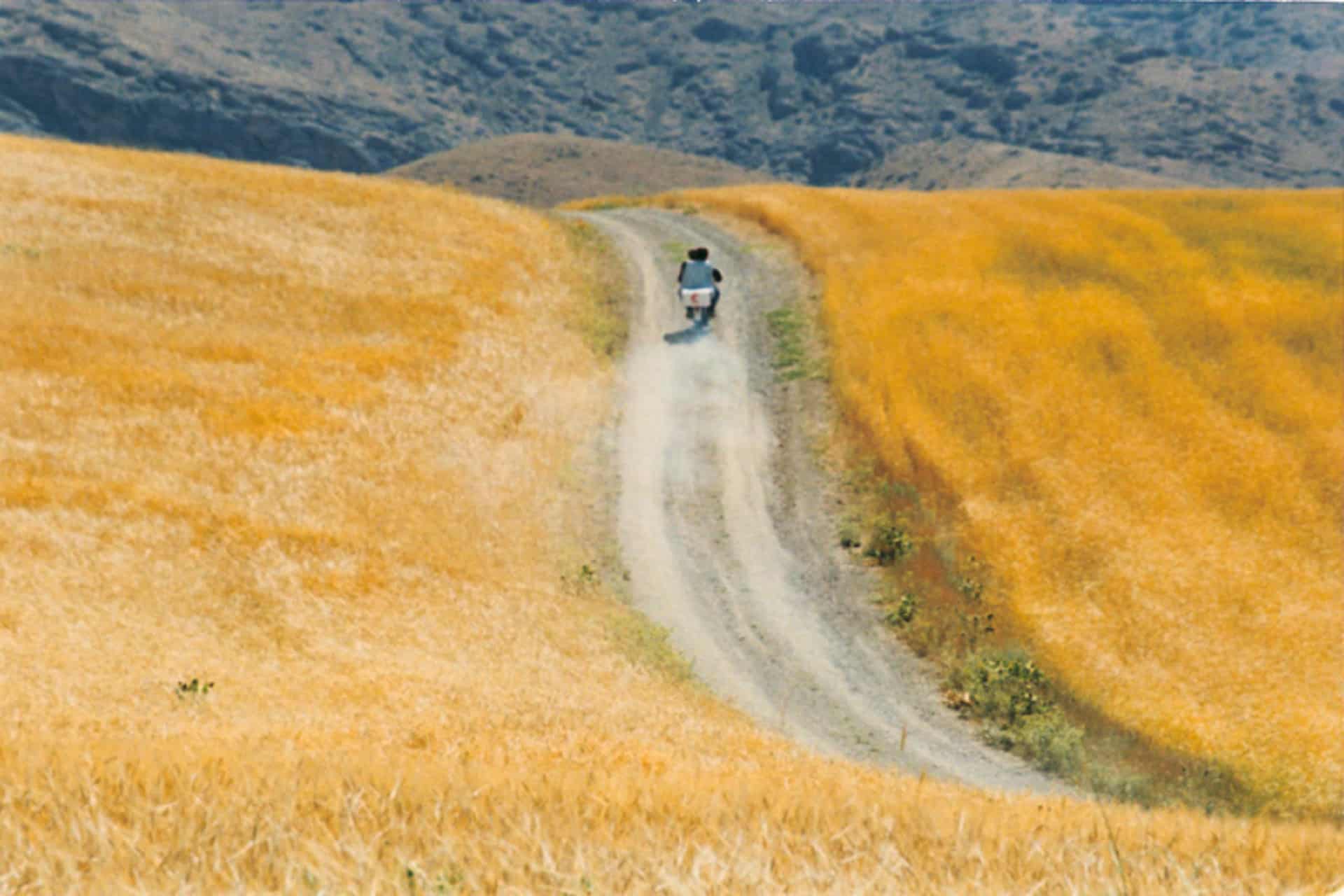
In “The Wind Will Carry Us” we follow three journalists who, under the disguise of being treasure hunters, travel into a remote village to capture the death of an old woman and the funeral proceedings taking place shortly after. While undeniable one of the most beautiful features in Kiarostami's career, the landscape, the village and its surrounding area, stress the growing sense of absurdity within the action, with the journalists growing impatient and finding new way to kill the time. However, the landscape seems to suggest also the change in perspective within at least one of them, as the interest in people and in the world in general is re-awakened.
6. Ten

Technically there is no landscape in Abbas Kiarostami's 2002 feature “Ten” and there is some discussion about the true nature of his involvement in this project. However, the only sense of landscape we get is the few glimpses and sounds we get from the outside of the car, and the vehicle itself which is the setting of each of the ten scenes. As we listen to the conversations touching upon various topics, such as the role of women in Iran, marriages and even sex workers, the vehicle becomes a metaphor for the repressive landscape these characters have to face every day.
7. Shirin

With “Shirin” Kiarostami would take the idea of landscape even further. As we watch the expression of female audience members, played by Juliette Binoche, Taraneh Alidoosti, Niki Karimi and Mahtab Keratami to name but a few, the face of the person in fron of us becomes the landscape, reflecting the emotions and actions they see on the cinema screen. At the same time we interpret, evaluate and eventually feel immersed in the story we cannot see with our own eyes, but which has become alive in front of us through the performances of each actress and the camera itself. While this sounds a bit cheesy, “Shirin” is true magic, true cinema, pure expression.
8. Certified Copy

In many ways, “Certified Copy” is the culmination of what we have seen in “Shirin” and the director's early works. The story of an author and the owner of a bookshop, which transforms into the drama of a couple revisiting their relationship, their roles within and their values in life, becomes a touching drama about the conflict of romance, idealism and the reality we all have to face. The urban landscape of the Italian village the two main characters visit becomes the stage for their conversation, while also serving as a mirror to the various stages of their relationship, from their first date to their first travel together. As Kiarostami has stressed time and time again in his work, places and landscapes have become the keeper of memories, and could present a second chance for a relationship we cherish.
9. Someone in Love
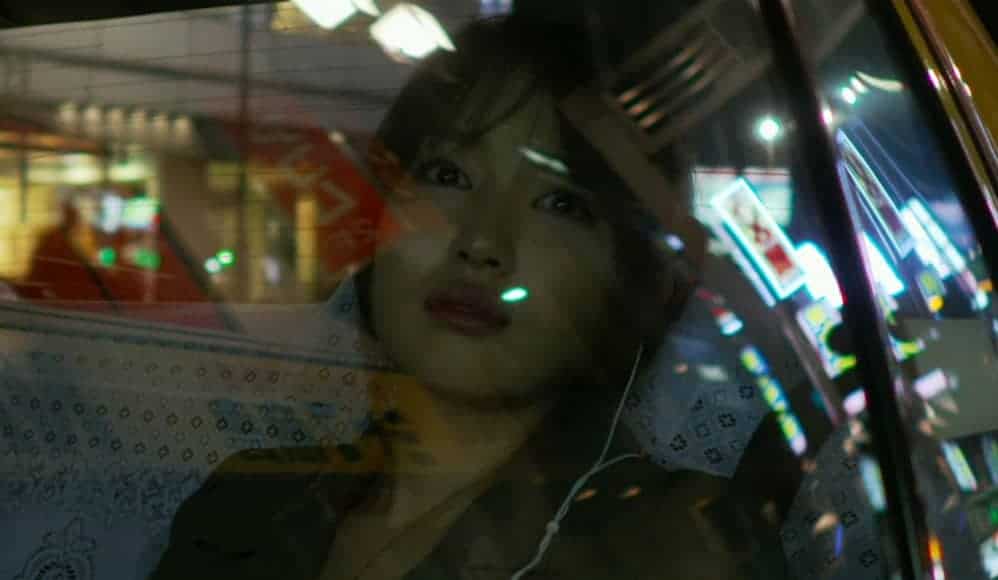
Even though there are many other uses of landscape to be explored in Abbas Kiarostami's vast body of work, the last two entries in this list showcase some interesting ventures or explorations if you will of other cultures and modes of expression. The city of Tokyo in “Like Someone in Love” is on the one hand the intransparent, make-like urban jungle, where surprises await the characters at every corner, but one the one hand it is the place where they have become lost. Akiko, played by Rin Takanashi, is one of those many “lost souls”, who knows their way around this jungle and has learned to profit from it, but who has also become a stranger to herself.
10. 24 Frames

“24 Frames” is the last movie Abbas Kiarostami directed and was released posthumously in 2017. The titular 24 frames are photographs or known paintings, such as Bruegel's “Hunter in the Snow”, and we witness the subtle changes within the frame as little by little we see movement. Nature comes to life, people move from one direction to the next and animals make sounds. It is a simple, yet effective exercise at the cinematic storytelling, asking the viewer to be both patient and observant to what is happening.



